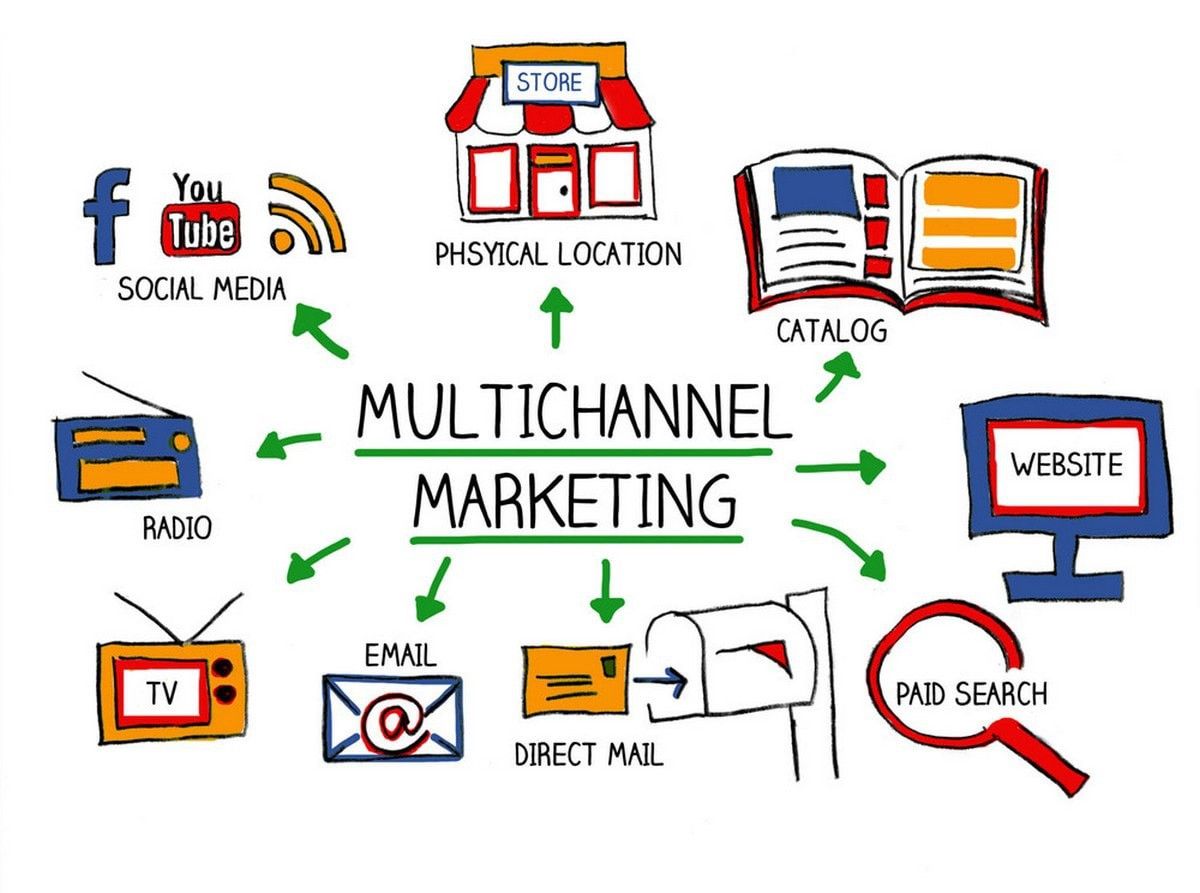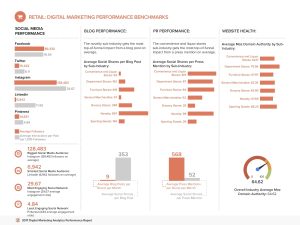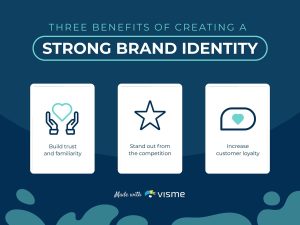
With the ever-evolving digital landscape, businesses are constantly seeking new and effective ways to reach their target audience. Multichannel marketing has emerged as a powerful strategy that enables companies to engage with customers through various channels simultaneously. By adopting a multichannel approach, businesses can increase their brand exposure, reach a wider audience, and ultimately boost their sales and revenue.
Understanding Multichannel Marketing
Multichannel marketing involves the use of multiple channels, both online and offline, to communicate and interact with customers. These channels can include social media, email marketing, search engine optimization (SEO), mobile apps, TV ads, radio commercials, direct mail, and more. The idea is to create a cohesive and integrated customer experience across different platforms, ensuring that customers can seamlessly transition from one channel to another.
The Importance of Multichannel Marketing
In today’s digitally connected world, consumers have become more sophisticated and have higher expectations. They want to interact with brands on their own terms, through the channels they prefer. By implementing multichannel marketing strategies, businesses can meet their customers where they are, enhancing their brand presence and improving customer engagement. Moreover, this approach allows companies to gather valuable data from different channels, enabling them to gain insights into customer behavior, preferences, and buying patterns.
Effective Multichannel Marketing Strategies
1. Consistent Branding
Consistency is key when it comes to multichannel marketing. Businesses should ensure that their brand identity, messaging, and visual elements remain consistent across all channels. This helps to reinforce brand recognition and build trust among customers who may interact with the brand through various touchpoints.
2. Audience Segmentation
Understanding your target audience and segmenting them based on demographics, interests, and behavior is essential for a successful multichannel marketing campaign. By tailoring your messages and content to specific audience segments, you can deliver more personalized and relevant experiences, increasing the chances of conversion and customer loyalty.
3. Omnichannel Integration
Omnichannel marketing goes a step further than multichannel marketing by seamlessly integrating all channels to provide a unified customer experience. This means that customers can switch between channels without any disruptions or inconsistencies. For example, a customer can start browsing products on a mobile app and later continue the purchase on a desktop website, with all their preferences and information carried over.
4. Data-Driven Decision Making
Data plays a crucial role in optimizing multichannel marketing strategies. By analyzing customer data collected from different channels, businesses can gain insights into customer behavior, preferences, and purchase patterns. This information can then be used to make data-driven decisions, such as adjusting marketing campaigns, targeting specific audience segments, or personalized product recommendations.
5. Seamless Customer Experience
A seamless customer experience across channels is vital for successful multichannel marketing. Businesses should ensure that customers can easily navigate between different touchpoints, with a consistent look and feel. This requires investing in user-friendly interfaces and responsive designs that adapt to various devices and screen sizes.
6. Continuous Testing and Optimization
As with any marketing strategy, continuous testing and optimization are essential to identify what works best for your audience. By conducting A/B tests, analyzing metrics, and gathering feedback, businesses can refine their multichannel marketing efforts, making data-backed adjustments and improving overall performance.
Conclusion
Multichannel marketing offers businesses a powerful way to connect with their target audience through various channels and touchpoints. By implementing effective strategies and embracing technologies, businesses can provide a seamless and personalized customer experience, ultimately driving brand awareness, customer engagement, and revenue growth.

